Ever wonder why capybaras seem to be living the dream? These giant, adorable rodents have earned their reputation as nature’s most laid-back creatures. But what do they actually do all day? Let’s break it down—no fluff, just straight-up answers about these chill legends of the animal kingdom.
Why Are Capybaras So Chill?

First off, let’s get real: capybaras are the world’s largest rodents. We’re talking 77 to 145 pounds of pure relaxation. Found mainly in South America, they live a semi-aquatic lifestyle, which means they hang out by water like it’s their full-time job. If you’ve ever seen one lounging by a lake, that’s not just a vibe—it’s their way of life.
Where Do Capybaras Live?
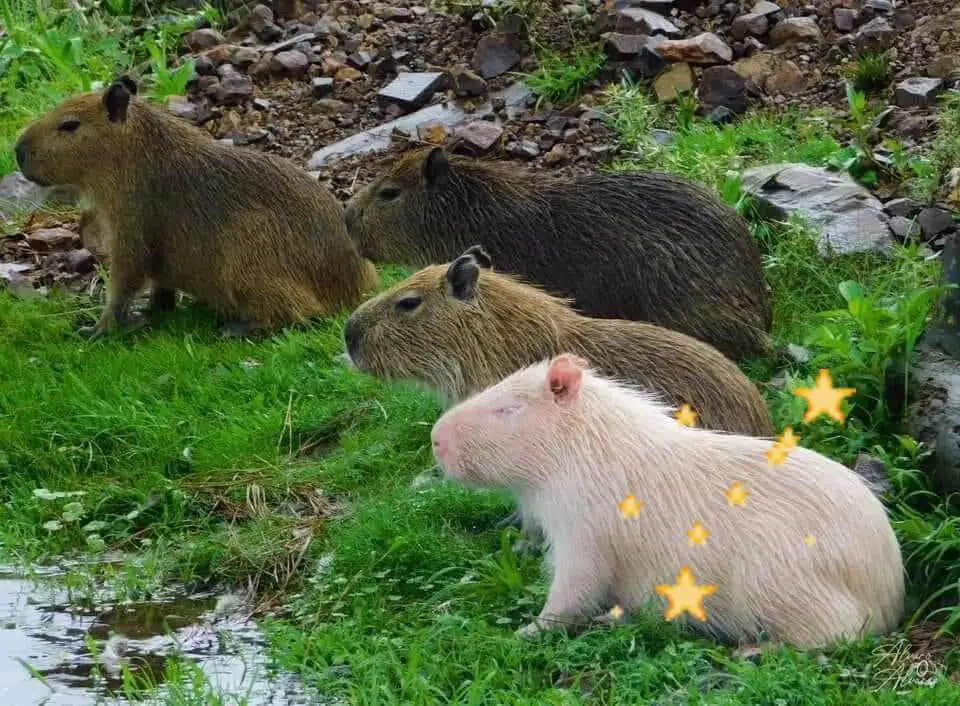
These guys are all about the wetlands, rivers, and forests. They stick close to water because it helps them stay cool, find food, and dodge predators. It’s like having your favorite coffee shop, gym, and safe space all rolled into one spot. From Panama to Argentina, capybaras make their homes wherever water flows.
What Do Capybaras Do All Day?
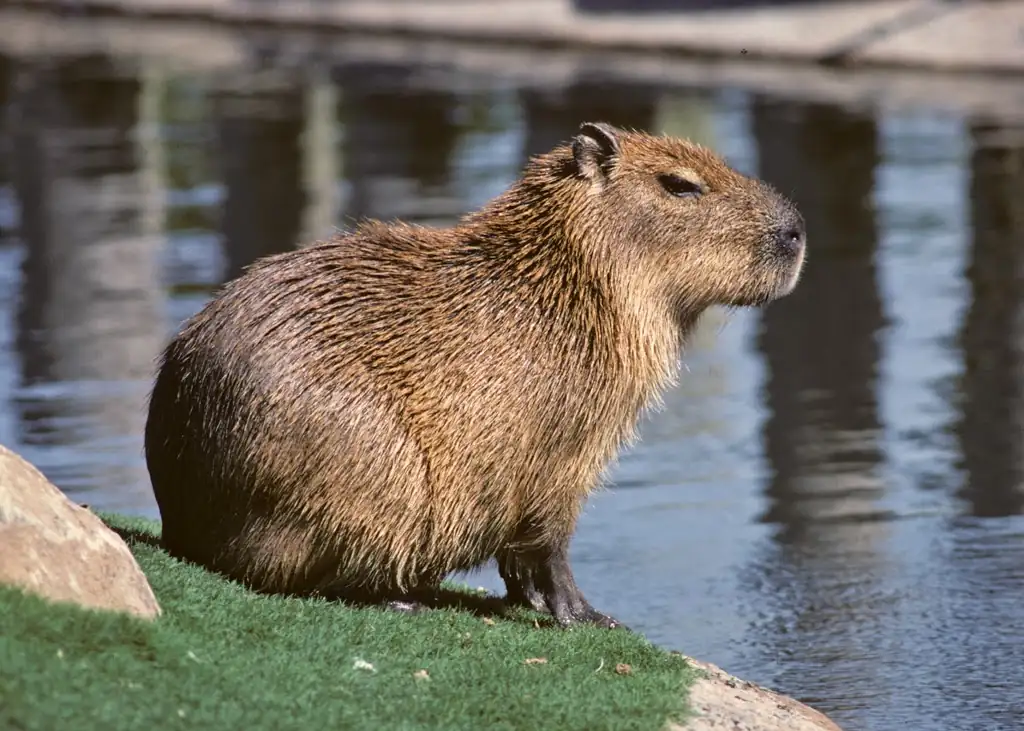
Here’s the inside scoop on a typical capybara day:
1. Chill in Groups
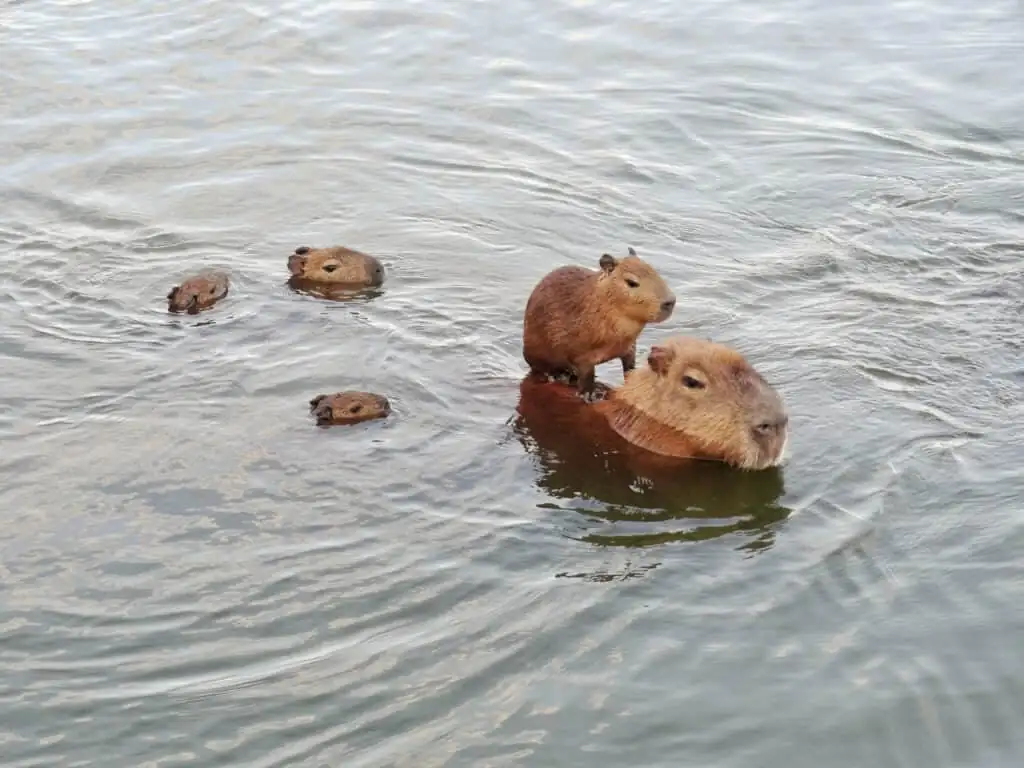
Capybaras don’t do solo. These animals are all about the squad life, forming groups of 10–20, and sometimes even 100 during the dry season. Think of it as a floating family reunion, with a dominant male leading the pack and everyone else just vibing.
Why it matters:
- Safety in numbers
- Social grooming keeps relationships strong
- Helps with raising the young (teamwork makes the dream work!)
2. Swim Like Pros
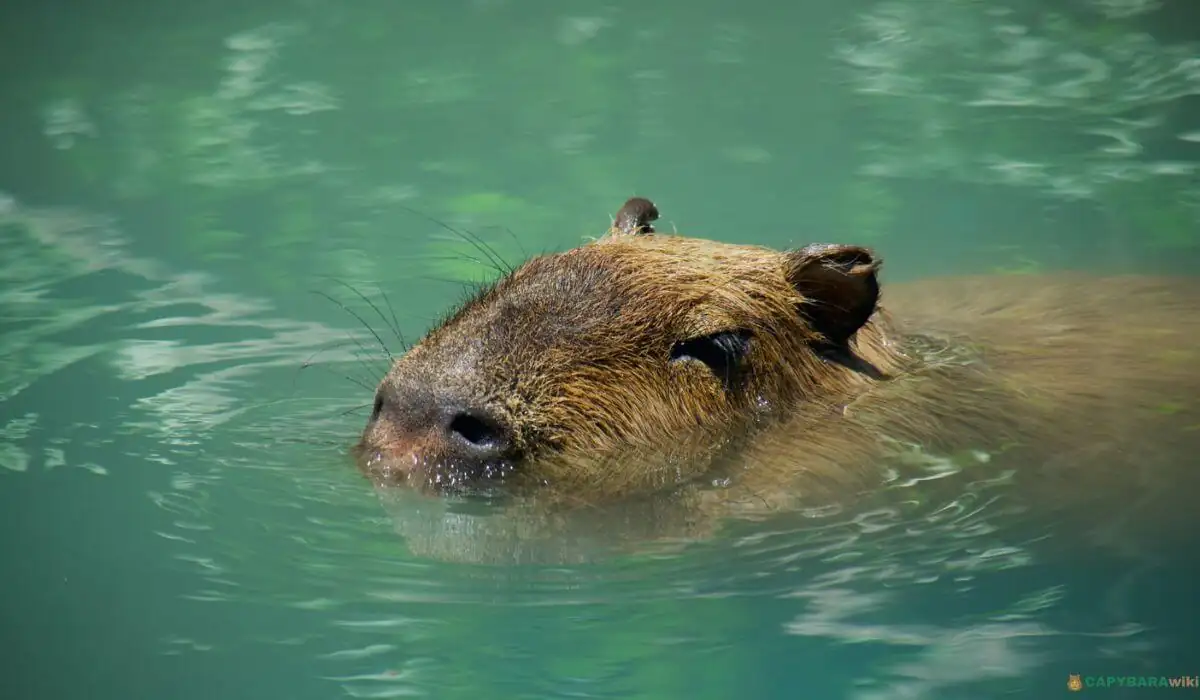
Capybaras are semi-aquatic, meaning they spend a ton of time in the water. Their partially webbed feet make them top-tier swimmers, and they can hold their breath underwater for up to 5 minutes! Why? To escape predators or just cool off. Honestly, it’s the ultimate spa day.
3. Graze, Graze, Graze
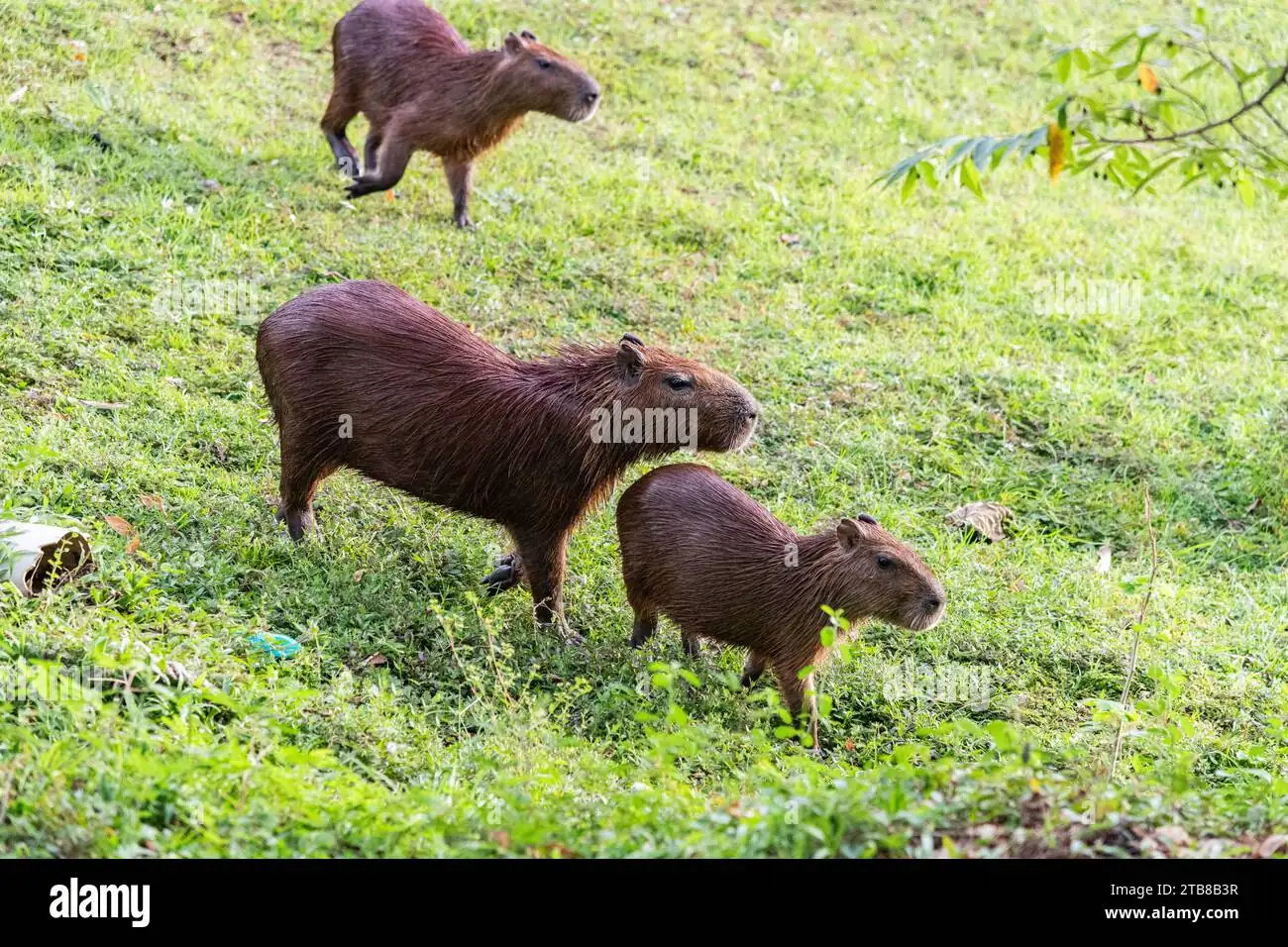
Capybaras are herbivores, munching on grasses, aquatic plants, and the occasional fruit or bark. But here’s the twist—they eat their own poop (yep, you read that right) to extract every ounce of nutrients from their food. Gross? Maybe. Efficient? Absolutely.
4. Wallow in Mud
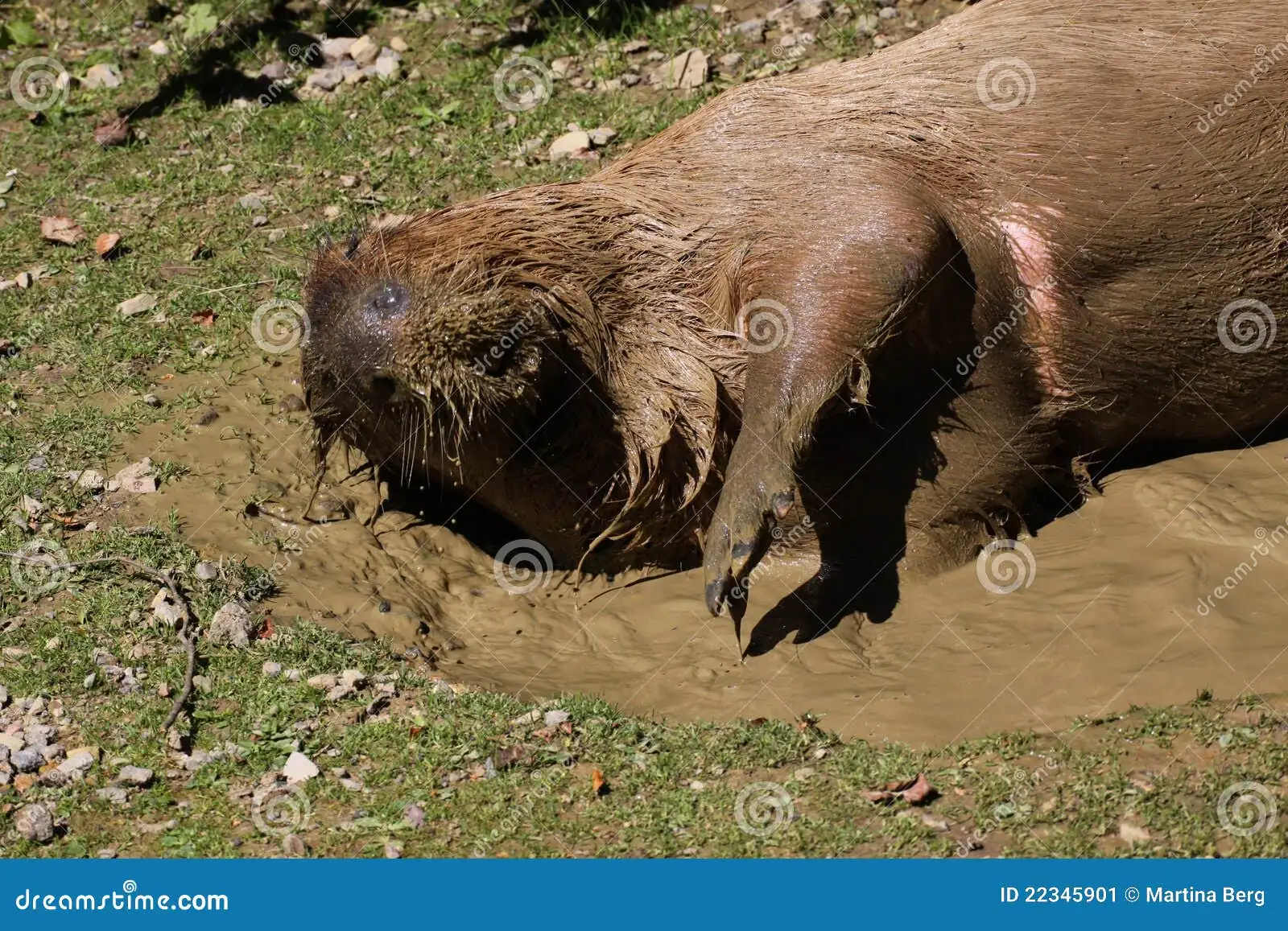
When the sun’s blazing, capybaras take a mud bath. It’s like their version of sunscreen and bug spray rolled into one. Plus, it keeps them cool, which is critical since they don’t sweat.
5. Communicate Like Pros
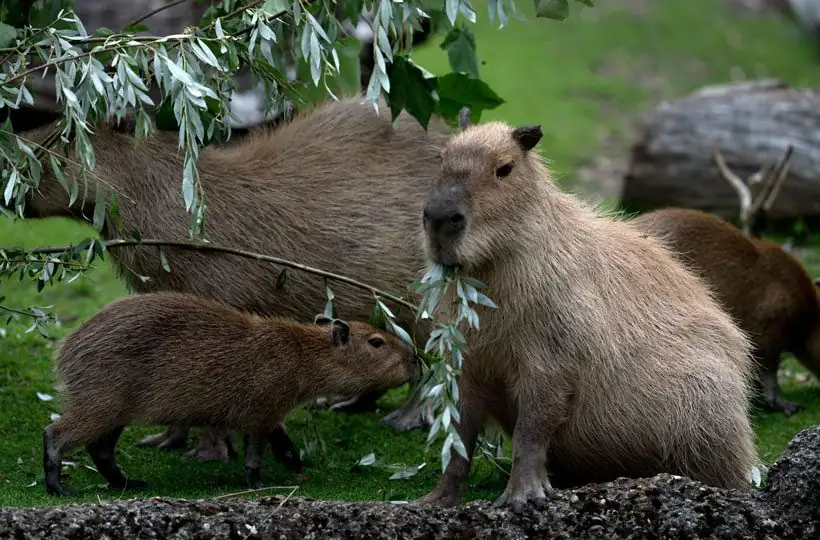
Ever heard a capybara “bark” or “chirp”? These animals are big on talking. They use vocalizations like whistles, grunts, and purrs to stay connected. Whether it’s warning the group of danger or just saying “Hey, what’s up,” capybaras always have something to say.
Why Do Capybaras Love Water So Much?

Capybaras literally can’t live without water. Here’s why:
- Escape Predators: Jaguars, caimans, and eagles are no joke. Water is their safe zone.
- Cool Off: With no sweat glands, they need water to beat the heat.
- Food Source: Aquatic plants = buffet central.
Fun Facts About Capybaras You Didn’t Know

- They’re Rodents, But Make It Cool
Capybaras are giant cousins of guinea pigs. Picture a guinea pig on steroids—cute, right? - Everyone Loves Them
Other animals, like birds and monkeys, chill with capybaras because they’re just that non-threatening. They’re the ultimate animal BFFs. - They Can Sleep in Water
Their nose stays above the surface while their body is submerged. It’s the floating nap you didn’t know you needed.
What Do Capybaras Eat?

Capybaras are all about that plant-based diet, and they take grazing seriously. Here’s the menu:
- Grasses (their main staple)
- Aquatic plants
- Fruits
- Bark and reeds
And yes, they’re into coprophagy—eating their own poop to maximize nutrients. Weird? Sure. Effective? You bet.
Are Capybaras Friendly?
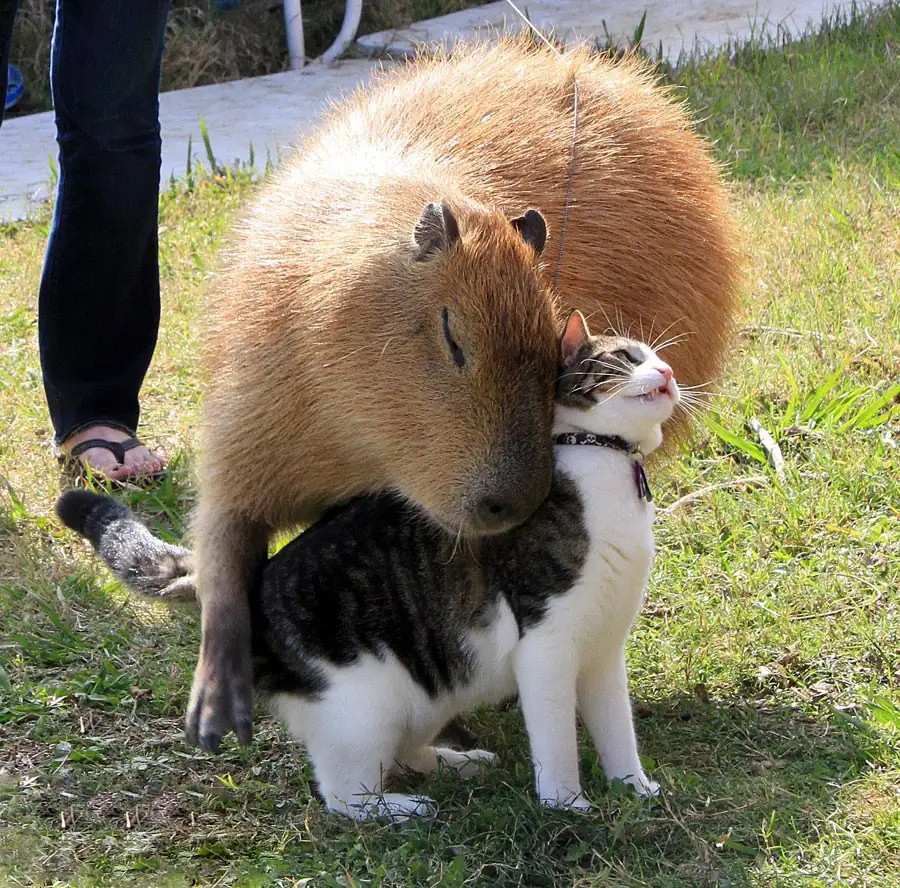
If there’s an award for the friendliest animal, capybaras win. They’re social, non-aggressive, and even humans can hang with them—some folks even keep them as pets. But let’s keep it real: they have very specific needs like constant access to water and a herd. Not your average house pet!
How Do Capybaras Protect Themselves?
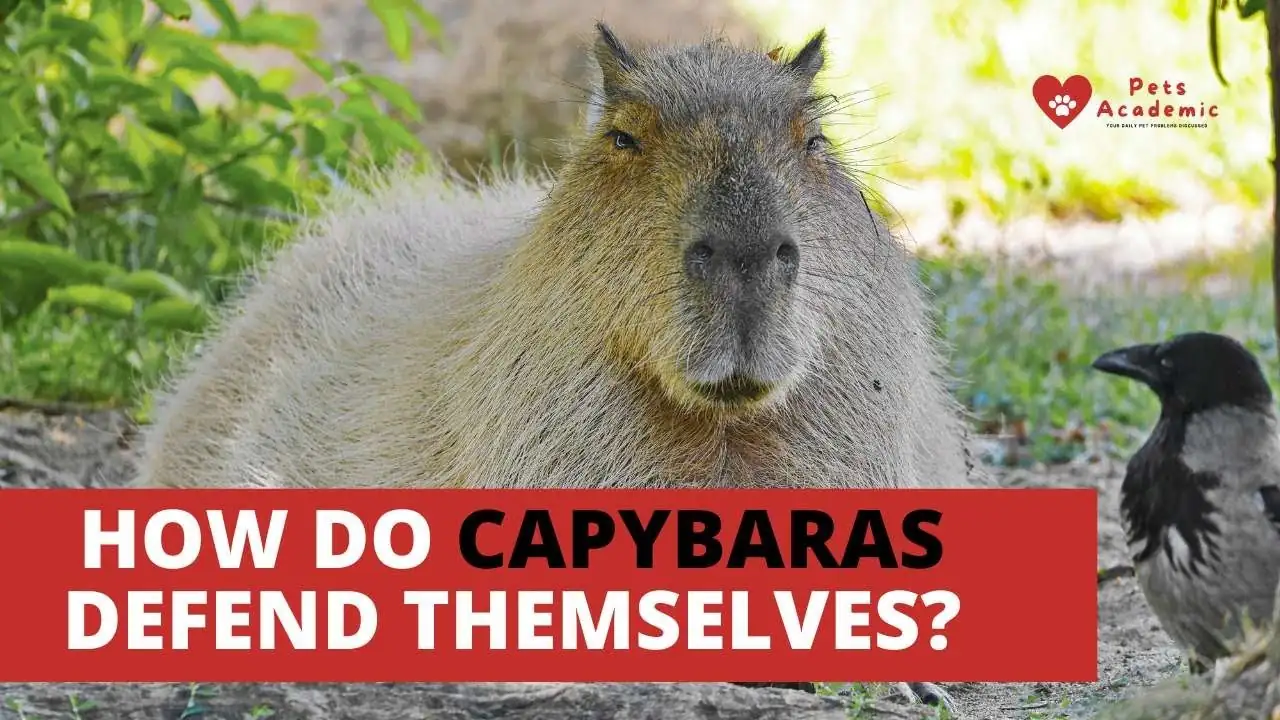
Life isn’t all lounging and grazing. Here’s how capybaras stay safe:
- Group Dynamics: There’s always someone on lookout duty.
- Fast Swimmers: They dive into water faster than you can say “capybara.”
- Camouflage: Their brownish fur blends into the environment.
FAQs About Capybaras

Are capybaras good swimmers?
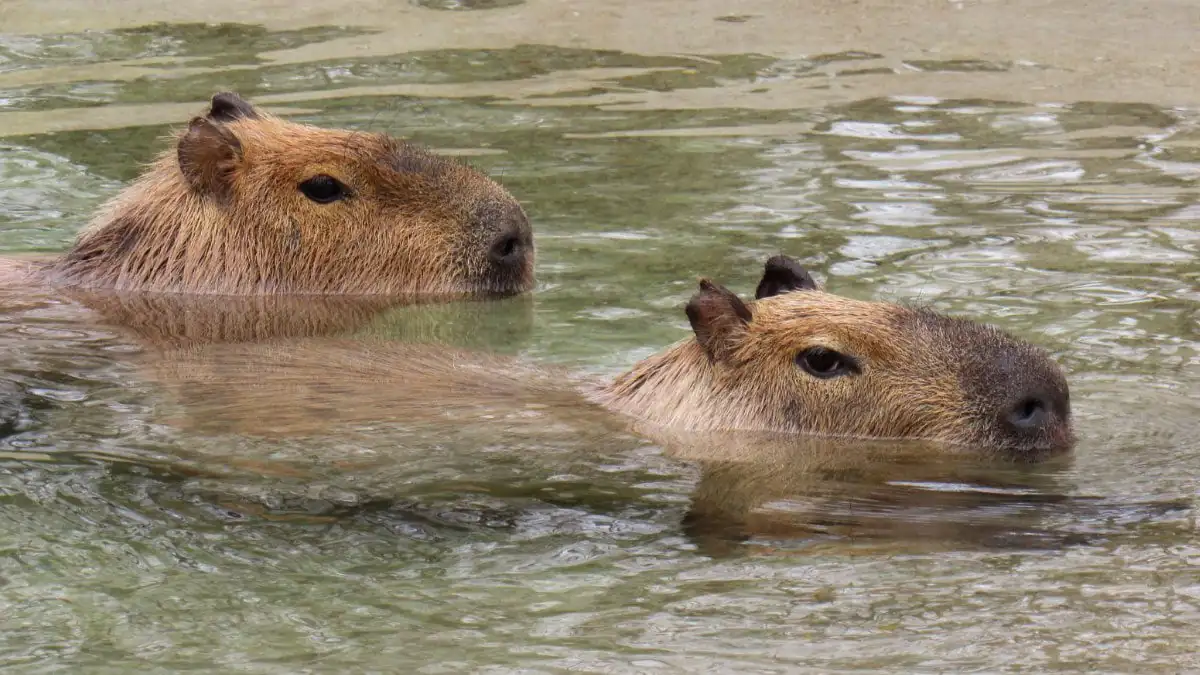
Absolutely. With their webbed feet and natural buoyancy, they’re like the Michael Phelps of rodents.
Can you keep a capybara as a pet?
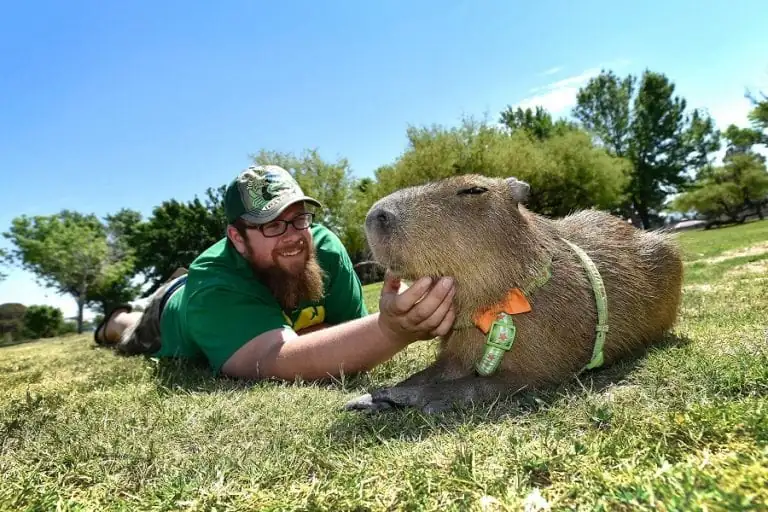
Technically, yes, but it’s a huge commitment. They need water, a herd, and plenty of space. Plus, it’s illegal in some places.
Do capybaras bite?

They can, but it’s rare. They’re gentle giants unless provoked.
What’s the lifespan of a capybara?
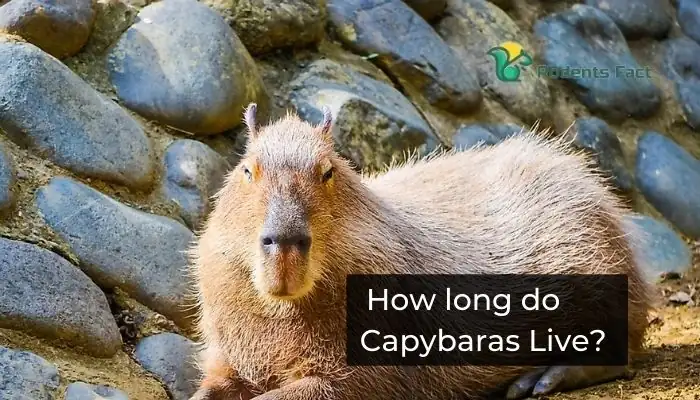
In the wild, about 8–10 years. In captivity, they can live up to 12 years.
Final Thoughts: What Makes Capybaras So Special?
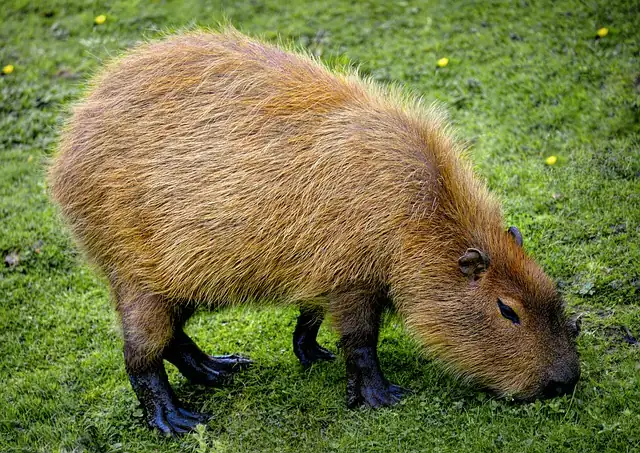
Capybaras aren’t just the world’s largest rodents—they’re a masterclass in living stress-free. Whether they’re swimming, grazing, or chilling with their crew, these animals show us the art of balance. If there’s one thing we can learn from them, it’s this: Find your water (whatever that means for you), stick with your pack, and don’t sweat the small stuff.

